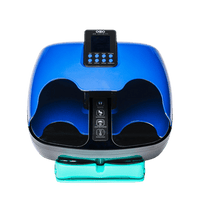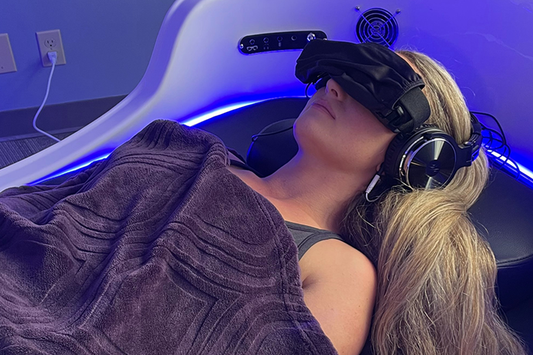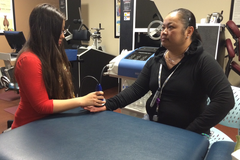How does pain work?
There are many sensors and nerves in our bodies that use pain to tell the brain when and where there is tissue damage so that it can be fixed. For example, when you cut yourself, your nerves send messages to the brain so that you know about it, can stop the bleeding and avoid further injury.
Pain is a unique sensation relative to others such as touch, smell, vibration, temperature, sight and hearing. For these other senses, there are specific regions in the brain where that information is processed. Pain is different. We have no way of testing it directly, no scans, blood tests, or any other tests that let us know how much pain someone experiences, where it is and what exactly it feels like. This is because the experience of pain activates many different areas of the brain all at once. How our brains process pain varies from person to person, too.
What are the causes of pain?
We can think of the pain system as a smoke detector in your home. When the smoke detector sounds an alarm, there are several possible things that could trigger that alarm. There could be a fire in your home, the smoke detector’s battery could be dead, or the processor might be broken and incorrectly triggers the alarm. These same things are true of our pain system.
When your body’s “smoke alarm” goes off, you first check to see if there is a “fire”. You will probably first check for tissue damage, i.e., a broken bone, a sprained ankle, or a thorn in your skin. If there is no “fire”, you would then check the “battery.” In this analogy, a nerve is the “battery.” For example, when your arm “goes to sleep”, it is painful when it “wakes up.” This is not because there is something wrong with your arm, but the nerve has been pinched and sends misinformation to the brain about damage to your arm.
Occasionally, something goes wrong with how we process pain. Phantom limb pain (pain experienced in an amputated limb) is an example of this. The sensors and nerves do not actively send any information, yet the brain experiences pain. The pain is real, the alarm goes off, but not because of tissue damage.
How do you know where pain comes from?
When you have pain, it is important to know the source so you can effectively treat the pain. If someone has pain in their hand, a brace may help if they have an overuse injury, but it will not help if the pain comes from a damaged nerve in their neck.
To determine where your specific pain comes from, our physical therapists or athletic trainers will perform several tests. Some tests are orthopedic which assess the bones, joints, ligaments, tendons, and muscles for any damage. Some evaluations are specific to nerves to determine if they are correctly sending information. Problems within the processing system are often subtle and we can help differentiate that, as well. Once we know the sources of your pain, we can work with you to determine the best plan to resolve it.












